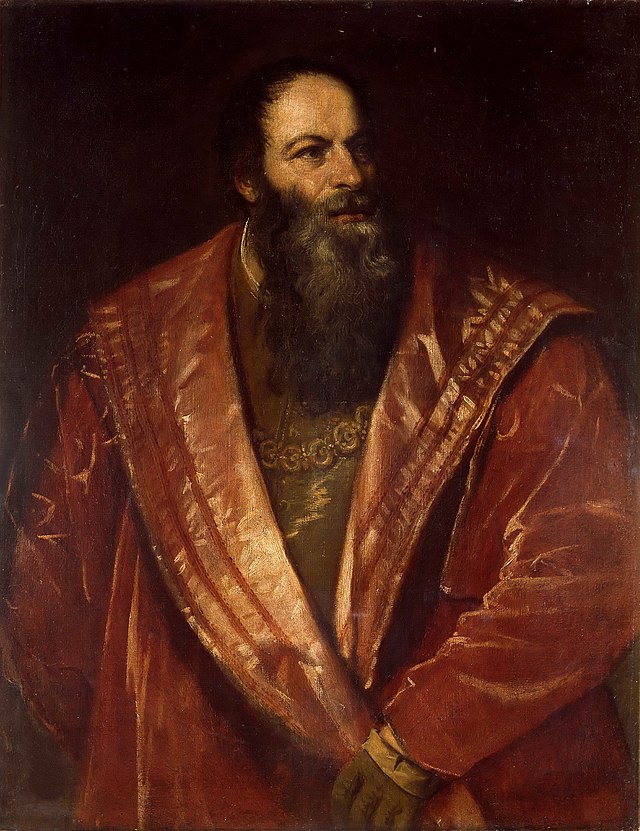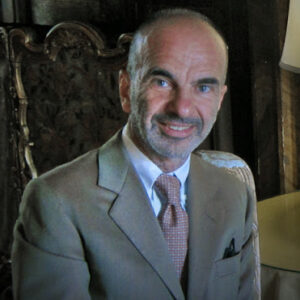Flamboyant and controversial, feared and revered for his astute judgment and razor-sharp wit, the author, critic, satirist, counsellor, and blackmailer Pietro Aretino was a towering figure in Renaissance culture. This masterclass explores the role of the visual arts in the making of his public image. Proceeding from the large exhibition “Pietro Aretino and the Arts in the Renaissance” (Uffizi, 2019-20), it traces Aretino’s eventful life and career, his complex, at times even explosive, relationships to his patrons, and his collaborations with authors, artists, and printers. Guided by Professor Parlato the participants will devote particular attention to the use of portraits in the construction of Aretino’s public persona. The masterclass will take place in the special collections department of Utrecht University Library, where a small selection of items related to Aretino will be on display.
This masterclass is organized on the occasion of the retirement of Harald Hendrix, Professor of Italian Studies at Utrecht University, and one of the driving forces of the Huizinga Institute since its founding in 1995.
Time and location:
- Tuesday, 24 June, 13:00-15:30
- Utrecht University Library, Special Collections, Maps Room (Kaartenzaal)
- Heidelberglaan 3, Utrecht
Preparation:
Participants will be asked to read selected parts of Raymond B. Waddington, Aretino’s Satyr: Sexuality, Satire, and Self-Projection in Sixteenth-Century Literature and Art (Toronto: University of Toronto Press, 2004) and Raymond B. Waddington, Pietro Aretino: Subverting the System in Renaissance Italy (Fordham: Ashgate, 2013). TBA.
About the speaker:
Enrico Parlato is Professor of Italian Renaissance and Baroque Art at the Università della Tuscia (Viterbo). He is member of the board of consultants of the Istituto Nazionale d’Archeologia e Storia dell’arte, correspondent fellow of the Istituto Nazionale di Studi Romani, and adjunct professor at the Cornell University (Rome program). He publications range from medieval to nineteenth-century art but his main focus has been sixteenth-century painting and sculpture in Rome and Florence, with particular focus on the re-discovery of antiquity, and artistic connections between Rome and Venice. He has been the curator of an exhibition on Filippo Lippi’s Madonna di Tarquinia (Rome, Palazzo Barberini 2017-18), and member of the scientific committee on the exhibition of Pietro Aretino.
Register (0/17 spaces left)
This course is fully booked. For a spot on the waiting list, contact [email protected]

